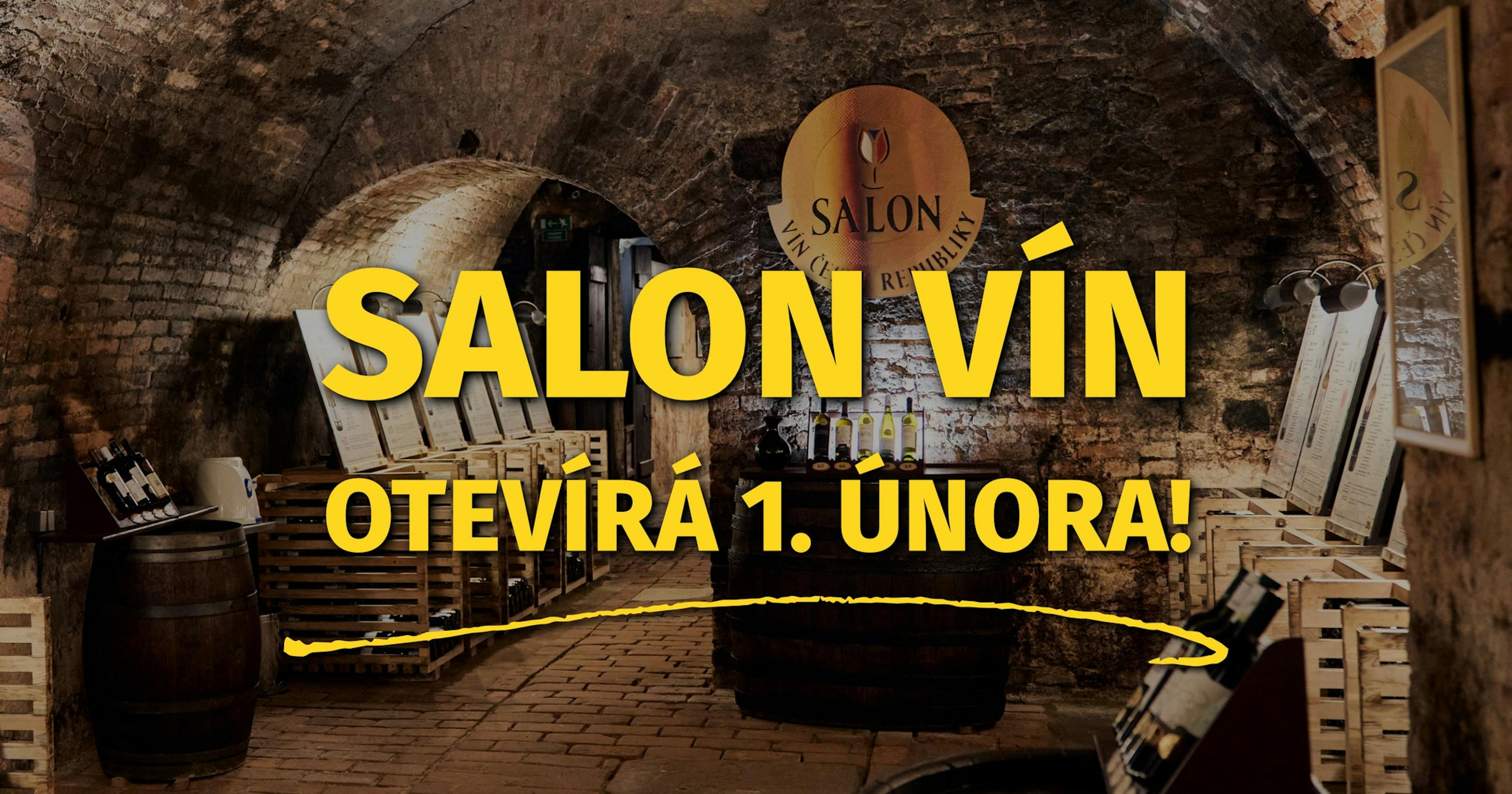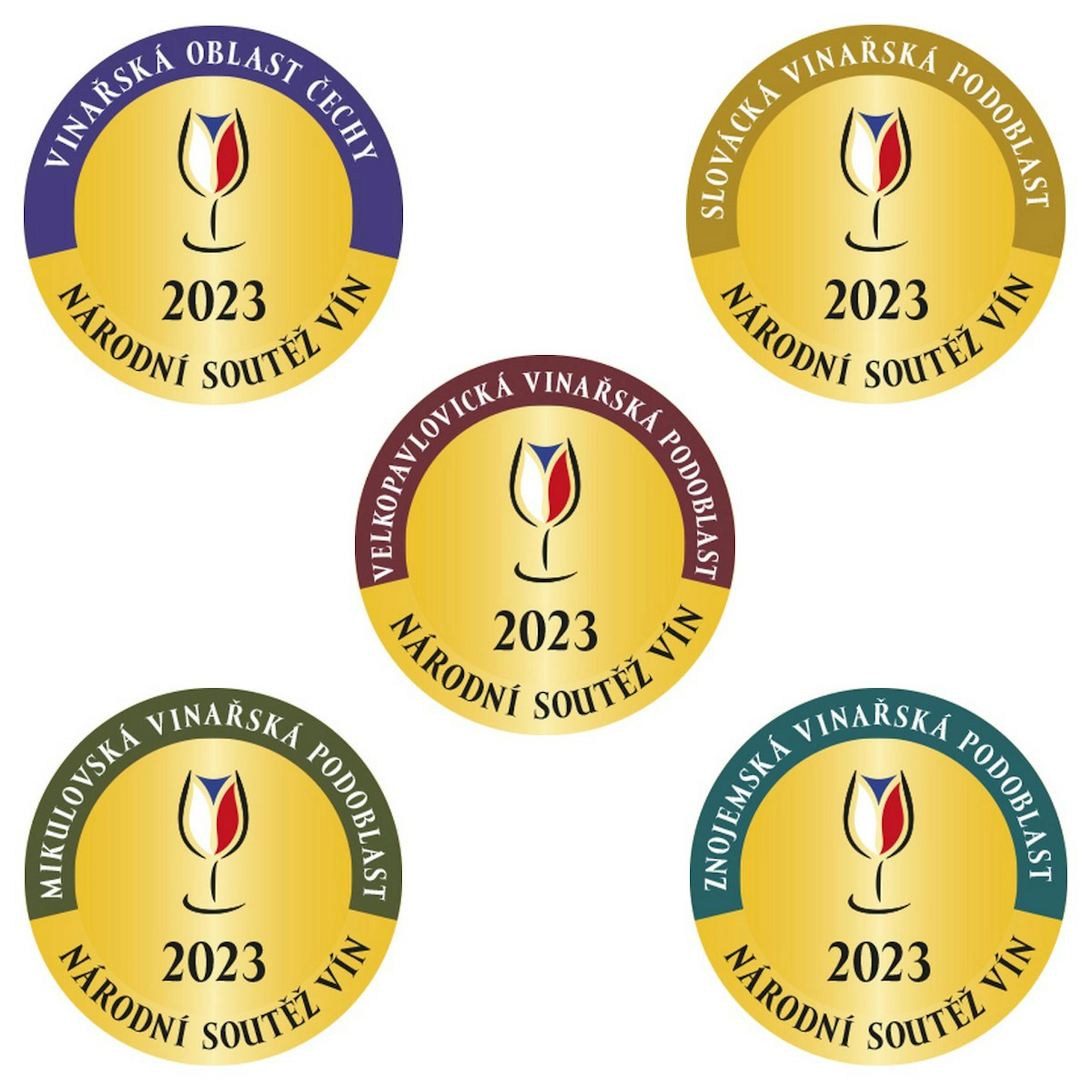Wine tasting
Tasting does not mean the same as drinking. The purpose of tasting wine is sensorial – in the sense of analysing a wine; recognising and assessing its character and quality; possibly comparing the quality of a series of wines together. Tasting and consuming wine are two different things. People may taste individually on their own, but it is better still to assess wine in the company of friends – after all, wine is a social beverage and it is essential to talk about it.
Glasses
In wine competitions standard tasting glasses of a volume of 21.5 cl are usually used. Generally for tasting wine one can use quality glasses on a stem in the shape of an egg or tulip with a volume of about 25 cl (for white wines) or about 35 cl (for red wines). There is no need to be afraid of even larger glasses – especially for tasting full, mature red wines. However, because of the objectivity, should one be assessing (scoring) a range of wines, it is necessary to use one type of glass for all the samples of wine (respectively it is possible to use one type of a glass for white wines and another for reds). Wine should be poured up to one-third of a glass full.
Ambience and optimal time for tasting
Tastings should be held in tranquil and pleasant surroundings, so that the tasters are not disturbed by secondary influences. The tasting room should be light, with natural lighting. If the tasting is taking place in the evening, there needs to be a sufficiently strong lighting; the colour of the light should, if possible, be similar to natural light. The temperature in the room should be pleasant, not unduly high; ideally the temperature would be around 20 °C. Each taster should have at his disposal a separate table covered with a white cloth; alternatively there should at least be white paper to hand against which to rate the colour of the wines. Further, the taster should have at his disposal a spitoon, a carafe of still water with a separate water tumbler and the necessary writing material for taking notes. Also important is a neutralising bite – ideally a piece of white bread or roll of neutral taste – neither spiced nor too salty. Classic Czech bread is not very well suited due to its yeasty taste and the addition of caraway seeds. The morsels of cheese much favoured for use to accompany wine tastings are not ideal either, since cheese has a tendency to coat the taste buds on the tongue with sticky film. Cheese and wine of course belong together naturally indeed, however not during a tasting – a wine analysis, but rather in the chapter dedicated to pairing wine and food.
It is important to eliminate all troublesome smells – smoke, flowers, fresh fruit, kitchen odours, etc. Tasters and serving staff must both be warned against wearing any strong perfume or aftershave.
A taster must be in a good physical as well as mental condition. Colds, flu, aches and pains, and also fatigue can influence the finer judgement of the taster.
The optimal time to taste is during the morning – after 9 am; possibly in the afternoon after 3 pm. Around lunchtime the taster's attention strays. For responsible evaluation one should ideally not taste more than 30-40 samples a day.
Wine temperature during a tasting
The correct temperature is one of the basic requirements for tasting wine. The optimal temperatures not only for tasting but also for serving Moravian and Bohemian wines are shown in the following table:
8 – 10 °C
Young light white wines, neutral varieties
Young rosé wines
Natural sweet and dessert wines
Sparkling and carbonated wines
10 – 12 °C
Mature and fuller white wines, aromatic varieties
Well-matured and aromatic rosé wines
14 – 16 °C
Light red wines
16 – 18 °C
Well-matured, rounded and older red wines; alternatively wines matured in oak barriques
It is necessary to bear in mind the fact that upon pouring wine into glasses at room temperature, it will warm up by some one or two degrees. If a dishwasher is used for washing the glasses, it will be necessary to let them cool down afterwards.
If it is at all possible, open the bottle several dozen minutes before the tasting itself; this applies especially in the case of red wines. For mature, rounder red wines it is advisable to decant them first.
Arranging the order of wines for tasting
The basis of placing wines in order for a tasting is the increasing aromatic and gustative intensity and expressiveness of a wine. Taste white wines before reds, light before tannic and heavy, young wines before older, dry before sweet, neutral before aromatic. In wine competitions wines generally come in the following order:
- Category or variety
- Vintage – descending order (from younger to older)
- Residual sugar content – from dry to sweeter
Expressive wines in particular, for example wines brought up in barrique barrels, can be placed at the end without regard to their age or sugar content.
Appearance
The clarity of a wine is what is assessed first of all. Wine should be clear, without any opaque or cloudy tones whatsoever. Should the wine not be clear as a general rule it heralds some sort of problem in the wine. If, in a still wine, a stream of carbon-dioxide bubbles is observed, it could be the sign of re-fermentation of the wine (this can subsequently be further identified on the nose and palate). The exception to this are certain young white wines which are sometimes bottled with a tiny CO2 content from the primary fermentation.
The wine’s colour is very important. It is dependent on the grape variety, the vintage, degree of maturity and method of processing of the grapes. White wines can vary between almost colourless, pale yellow, yellow-greenish, straw-yellow, gold to amber and gold-copper tones. Rosé wines could vary in colour for instance from pale-pink to salmon and as far as vivid onion-skin yellow. For red wines the tones can be vivid purple, violet, cherry-red, orange-red up to reddish-brown.
A weak colour (to the tune of colourless-watery tones) may signal a too-high sulphur-dioxide content; on the other hand brownish tones may point to an oxidised wine.
The wine’s viscosity is also important, you can recognise this on the inside of the glass after swirling the wine in it. Viscosity depends mainly on the level of extract, alcohol and residual sugar content in the wine.
Nose
The nose is arguably the most important sense required for the assessment of wine. The olfactory perception is either direct (during breathing in the aroma of the wine through the nose), or retronasal (the sensation that gets to the nose after tasting the wine in the mouth through the connecting channel between the palate and the nasal cavity).
For releasing the aroma of the wine the inner surface and contours of the glass are of utmost importance. Take a sniff from the glass after the wine has been poured and then rotate the glass in your hand so that the wine will swirl around the inside of the glass, and sniff once more. The wine’s nose divides into primary aromas (coming from the grapes – fruity, herbaceous, floral, spicy, mineral tones); secondary aromas (coming from the fermentation which depends on the type of yeasts and the conditions during fermentation – fermenting and lactic tones) and terciary aromas (forming during the maturation of the wine either in barrel or in bottle – jammy, smokey, animal, spicy or even chemical tones).
Distinguish between the intensity and the cleanliness of the nose (presence or absence of intrusive smells – for example a high SO2 content, signs of oxidation and a variety of unwanted odours from possible faults or maladies of the wine or the unpleasant mustiness of contaminated cork) and the quality of the nose (content, harmony and balance of positive – pleasant and typical aromas of the wine).
Palate
To put it simply, the palate is divided into four basic tastes: sweet, sour, acidic and bitter. According to the latest surveys, the specific taste buds spread across the entire surface of the tongue; bitter taste is frequently not perceived until after swallowing or spitting out of the wine at the rear part of the tongue.
Apart from the combination of these four basic tastes, the retronasal sensation in the mouth is also important for the perception of the wine’s palate, as is the contact perception in the mouth (viscosity and astringency of the tannins) and the temperature of the wine.
On the palate we evaluate the intensity of the taste sensation (immediately after the wine gets inside the mouth; it is perceived in particular by the levels of extract and most of all by the acidity, sugars, and possibly tannins in red wines); the cleanliness of the palate (presence or absence of unpleasant tones – for instance oxidative tones and various other unwanted aftertastes from possible faults or ailments of the wine or the unpleasant taste of cork taint); the quality of the palate (content and balance of affirmative – pleasing and typical tastes of the wine) and also the finish (the length of the taste sensation or aftertaste after swallowing or spitting out the wine – it is measured in seconds or caudalies – and the pleasing effect of this sensation).
For the best analysis of the combination of palate and bouquet keep the wine in the mouth for around 10 seconds. If the sensation quickly fades away after swallowing or spitting out the wine, they say the wine is short. On the other hand should the sensation last a lot longer the wine is said to be long.
According to the proportions of acidity, sugar, alcohol, possibly tannins a wine may be light, weak, acidic, heavy, astringent, flat, cloying, etc, etc. The combinations of aromas and tastes in a wine are never-ending and the language describing the flavours is very colourful and rich.
Pavel Krška, July 2005
Bibliography:
Casamayor Pierre: The Art of Tasting, Fragment Praha, 2005
J. Bujan, J.Artajona: Degustácia vína, Freixenet, 1997



